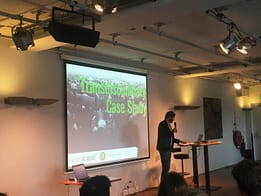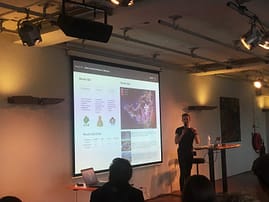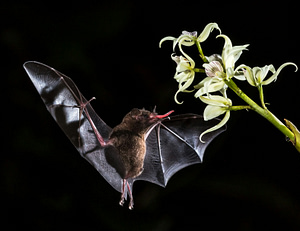Metabolic has partnered with Utrecht University to explore the role nature-based solutions (NbS) can play in improving the resilience of small island states. Here, student Jack Hedger reflects on the experience and outlines how the partnership helped identify practical ways that could be applied to assist the sustainable redevelopment of the hurricane struck Caribbean island Sint Maarten.
Utrecht University’s ‘Transdisciplinary case study’ course links students with businesses and non-governmental organisations in the Netherlands to focus on specific sustainable development challenges. The extensive range of disciplines has meant that students have been working on projects as diverse as reforestation projects in Nicaragua, through to developing sustainable policy recommendations for a local Utrecht restaurant. The course offers students valuable experience working with professional organisations on diverse and engaging topics, and offers organisations a team of motivated and enthusiastic students to help them explore relevant sustainability related challenges.
The team working with Metabolic consists of a number of different disciplines, including people with backgrounds in water science management, earth system governance, and international development. One of the key goals of the course is to address challenges using multiple disciplines, which provides hugely valuable opportunities in diversifying knowledge and interpretations. Crucially, we learned from Metabolic (and our guide there, Nadina Galle) that the interconnectedness of elements and the crossover of domains in sustainability challenges cannot be addressed in isolation. The systems approach that Metabolic has effectively fostered in all its work has been invaluable in our approach to this challenge, I am sure it is something we will continue to apply in our future work.


The question we have been trying to answer is:
How can Sint Maarten be rebuilt using nature-based solutions to address key challenges?
This research question has guided the work, to explore the function of NbS, the context of Sint Maarten, and discussion regarding the wider applicability of the work. Metabolic’s interest in islands is clear and well-justified. Islands provide an excellent opportunity to explore the deployment of initiatives in living-lab contexts. The use of NbS is just one example of how island states can be involved in sculpting future global sustainability landscapes.
So what is an NbS? Broadly defined as the replication and implementation of natural processes or systems to address existing societal and environmental challenges. Fortunately, this gave us quite a generous scope from which to find real-world examples and assess their feasibility for Sint Maarten. Exploring the literature and reports on the deployments of NbS around the world turned up some brilliant insights into the diversity of the field. Examples are plentiful, from community beekeeping schemes in Dublin, to coastal reforestation efforts in Japan, and permeable green streets in Chicago. Having compiled a list of examples from around the world, we derived a scoring mechanism to rank NbS on their impacts in four categories: environment, health, economics, and disaster risk reduction. From this we could shortlist three NbS that could help address some of the prevailing challenges faced by the hurricane-ravaged Sint Maarten.
Crucially, these solutions had to be multidimensional in their impacts, addressing a variety of challenges faced by the country. First of all, the reintegration of mangrove forests to Sint Maarten’s storm-prone coastline was proposed, helping to restore the natural resilience of a well-functioning coastal ecosystem. The deployment of such an NbS has been successfully completed around the globe, in Australia, Bangladesh, and Ecuador to name but a few. The natural defence to coastal communities improves resilience, alongside the restoration of a biodiverse ecosystem. Second, the implementation of an artificial reef was proposed, helping to ease the burden on the island’s degraded coral ecosystems from the pressures of tourism, and form an important barrier to extreme weather through the reduction of wave heights and energy. Finally, a terrestrially based composting scheme was proposed with the view to address the island’s inundation of waste from the vast quantities of tourists, and regenerate the island’s degraded soil quality from decades of agriculture.
The limitations of such work are clear, with the sensitivity of the current situation in Sint Maarten we were limited in our ability to seek on-the-ground opinions on our work. Naturally, attentions of the local authorities and residents remain somewhat occupied. However, we hope that the work holds value as a preliminary step towards a more comprehensive assessment and exploration. The conclusion of the work is simple, it seems that NbS hold huge potential for addressing such a range of challenges, using processes perfected by millions of years of evolution. We will all look forward to watching how this hugely exciting field develops in the future.







